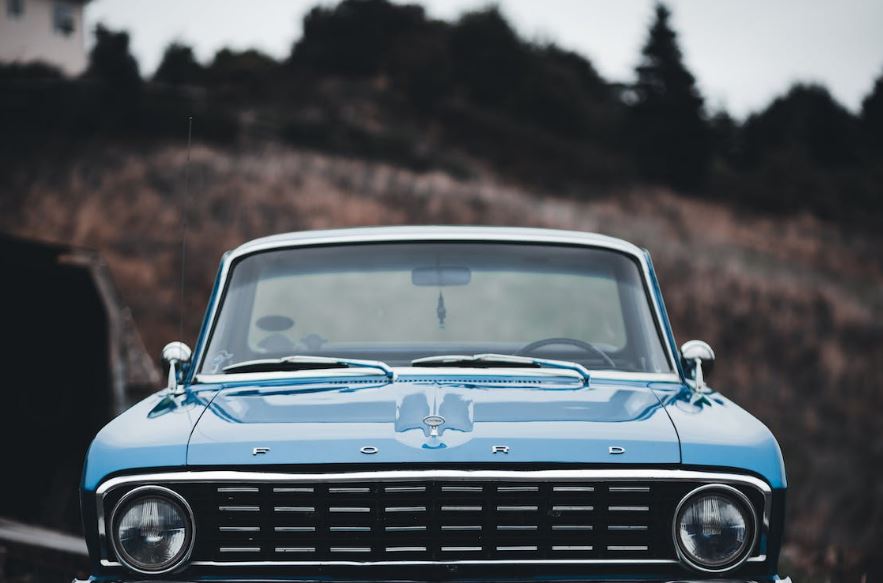The Ford Falcon has become synonymous with the Australian car industry. From its Australian beginnings in Geelong, Victoria in the 1960s, to its place in Australian motorsport folklore on Mount Panorama in Bathurst, NSW, the Ford Falcon’s reputation is known throughout Australia and the world.
The following five Ford Falcon models come with unique history and design, making them a valuable addition to any car enthusiast’s collection.
1962 Falcon XL Squire
Though Australians share an affinity for many aspects of American car manufacturing, the 1962 Falcon XL Squire and its wood paneling weren’t received well initially on Australian shores.
The Squire featured Ford’s 170 cubic inchPursuit’ engine, which was developed after police requested more power for their fleet. It also had the option of two transmissions: a three-speed manual and two-speed auto.
The value of Australian Squire models is quickly rising, and even new models were hard to come by.
1982 Falcon XE ESP
XD Falcons were the first to include a ‘European Sports Pack’ or ‘ESP’. The first XD Falcons featured driving lights and lowered suspension among other appealing features. Initially, the XE ESP was based on a Fairmont Ghia, with configurations and features intended to optimise performance. The standard engine unit was a 4.1 litre, six-cylinder with Weber carburettor, and there was the option of a 4.9 litre V8 or Cleveland 5.8 also.
The consensus is that the XE ESP provided a better drive than Commodores being produced at the time. Features such as lowered suspension and Bilstein dampers allowed the XE to handle more effectively on poor-quality roads.
The manual transmission V8 model of the XE ESP offers the strongest performance however, the six-cylinder consumes less fuel. This is another Ford Falcon model that has become harder to find with values steadily increasing. If seeking to collect this model, it’s important to be wary of cheaper Falcon models with ESP parts installed post-purchase.
1965 Falcon XP Hardtop
Throughout the 1960s, the Falcon XP and XM Hardtops were arguably the most elegant vehicle produced in the Australian car industry. However, despite its stylish design, the Hardtop designs never gained any significant popularity with Australian buyers and ended up being limited to Falcon XM and XP iterations. This changed however in the 1970s when the hardtop was re-designed for Ford’s XA and XC models, which were produced from 1972 until 1979.
A significant factor as to the Falcon Hardtops’ lack of popularity at the time was its doors. Whilst two-door hardtops were loved by American consumers, the consensus in Australia was that two-door vehicles were only suitable as either second cars or genuine sports cars.
The Falcon XP Hardtop was one of the six XPs that drove in the Durability Run. Equipped with a 200 cubic inch ‘Super Pursuit’ engine, the Hardtop achieved a respectable speed and ended up being the quickest XP entered in the event.
Falcons from the 1960s are all seeing a significant increase in value; however, Hardtops are considered to be the most sought out model by collectors.
1973 XB GT Hardtop
When many Falcon GT models became increasingly valuable and sought after in the late 90s and early 2000s, the XA and XB GT models never followed suit with such a dramatic increase.
Though recently the XA and XB have started to follow suit of the rest of their GT counterparts, the XB (which ended up being the final GT manufactured in the 20th century) is still the least expensive option for collectors.
Though slightly less practical than sedan versions given the reduced rear vision and seat access, the XB GT Hardtop is a great-looking Ford that can be found at a reasonable price.
